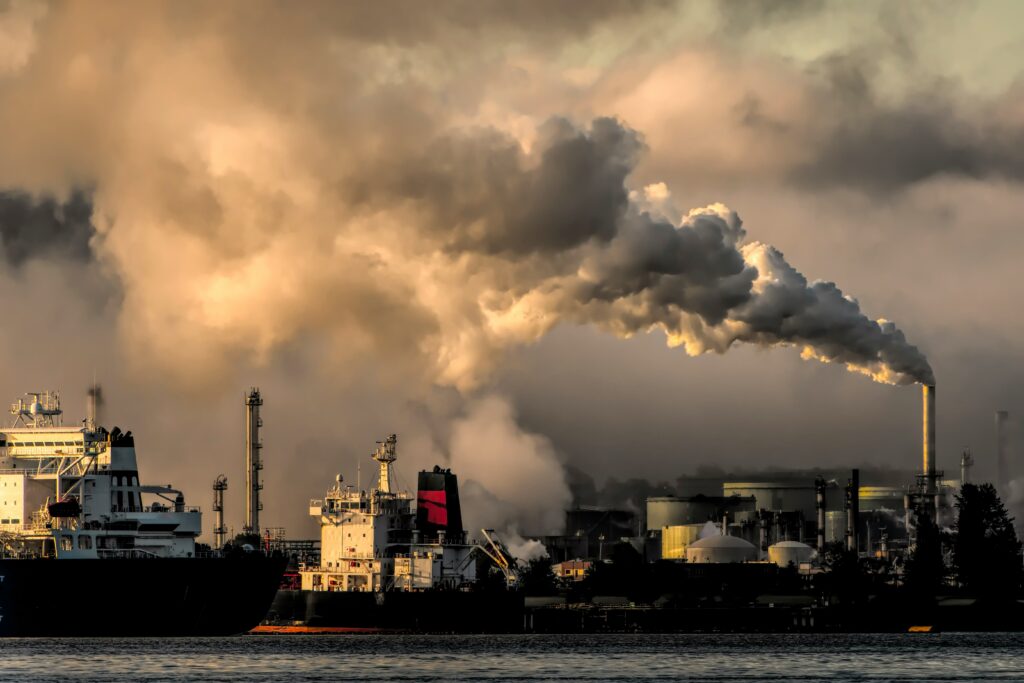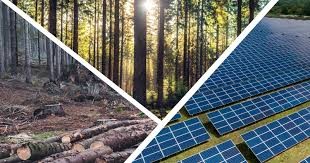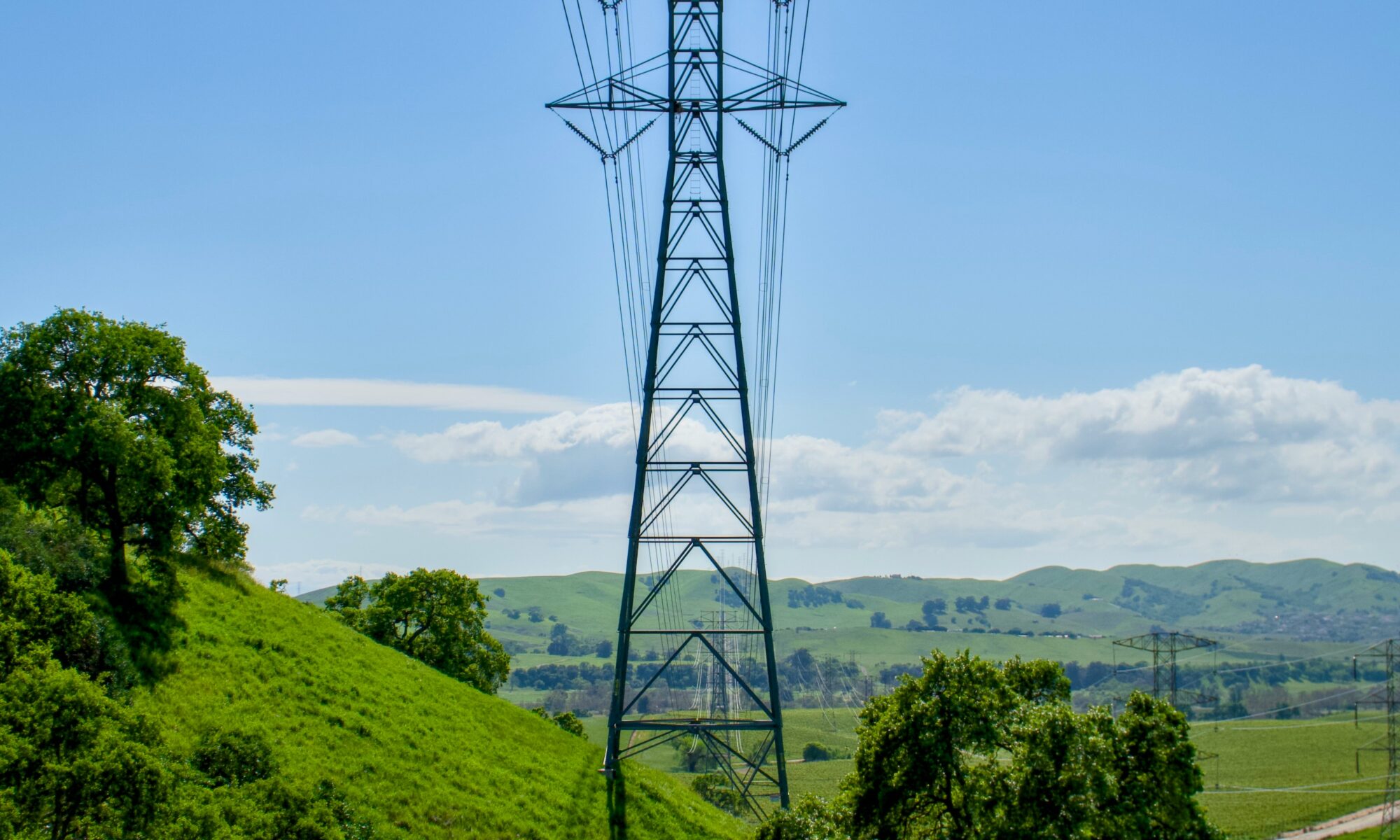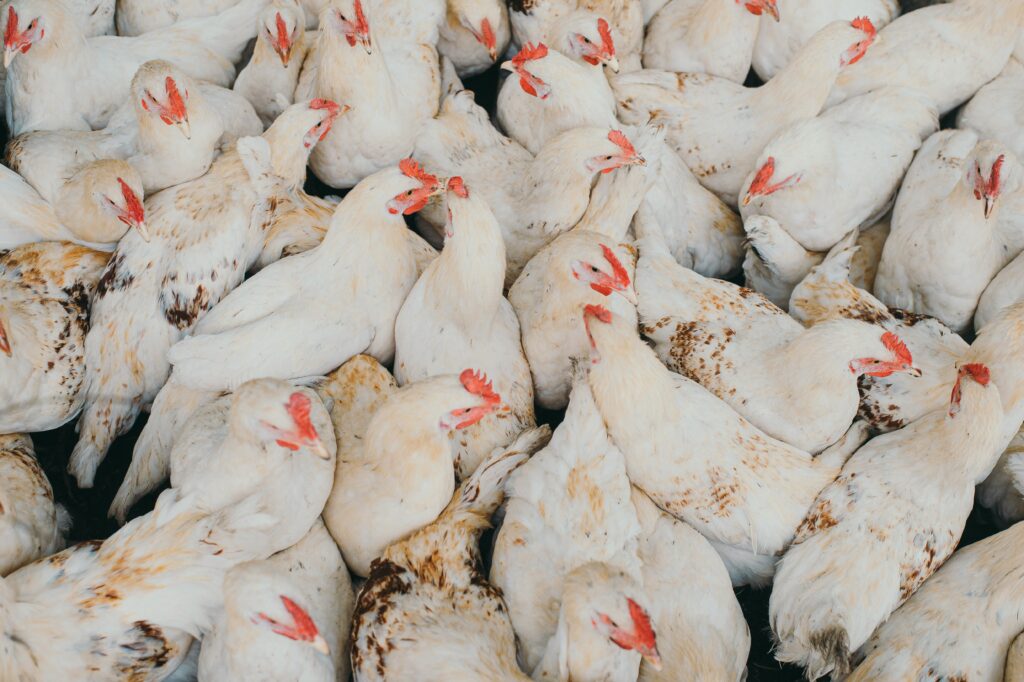
The Electric Vehicle Revolution: Powering an Equitable Transition
By Lakshita Dey
Electric vehicles (EVs) are powering a transformative revolution, paving the way for a cleaner, greener future. EVs offer a significant environmental advantage by eliminating the reliance on fossil fuels, but their widespread adoption faces challenges related to high costs and limited accessibility.[1] As society pushes for these technological advancements, two critical legal questions arise: are incentives working as intended, and are the benefits of these incentives distributed equitably across income groups?
Governments are accelerating EV adoption by providing tax credits and rebates, as they recognize the need to curb greenhouse gas emissions and foster a clean energy future.[2] The Inflation Reduction Act (IRA) extends tax credits for new and used EV purchases through 2032, offers credit for commercial EVs, and revives credits for charging infrastructure.[3] The IRA has demonstrated the government’s commitment to the EV transition, which has significantly boosted the market by reassuring consumers and businesses.[4] Automakers are responding by announcing massive investments in EV production.[5]
Despite these legislative efforts and progressive market shifts, equity challenges remain. The price of an EV presents a hurdle for many families. Even though the average price of an EV is falling, it is still notably higher than the price of a gas-powered car.[6] This economic reality highlights a fundamental issue of deep-seated financial barriers which hinder equitable access. By their very nature, tax credits only benefit those with sufficient tax liability to claim them, which means that many of these incentives provide little to no direct benefit for low-income families. Consequently, the cost of EV ownership remains a financial burden, even with governmental assistance.
Beyond the purchase price, EV infrastructure presents another barrier to fair access. Owning an EV comes with the challenge of charging. Uneven geographic distribution of public charging stations furthers the lack of accessibility. Research consistently shows that residents of low-income and minority neighborhoods have significantly less access to reliable public charging stations.[7] This inequitable distribution creates “charging deserts,” making EV ownership impractical for those without consistent home charging.[8]
Solving these challenges requires an approach that addresses both the upfront costs of EVs and the inequity of charging infrastructure. Federal bills provide grants to companies that prioritize projects in rural areas and low-to-moderate-income communities.[9] Point-of-sale rebates can solve the issue of the current tax credit model benefiting only those with sufficient tax liability.[10] This approach is more equitable because it offers a direct, immediate discount at the time of purchase, making the financial benefit accessible to all households, regardless of their tax burden. For instance, the HOMES rebate program allows for a point-of-sale rebate that provides an immediate discount on the EV’s price at the dealership, eliminating tax return[11] This shift represents a significant improvement in legislation and policy, directly addressing a key barrier to equitable access.
Alongside tax rebates, holistic strategies are essential to ensure an equitable EV transition. For example, California’s “Clean Cars 4 All” program addresses two major issues: it promotes access to clean transportation and improves local air quality by getting old, high-polluting vehicles off the road.[12] The program provides significant incentives for low-income residents who trade in their gas-powered cars for cleaner options.[13] This targeted approach promotes equitable access while also directly improving local air quality in disadvantaged communities.
Another crucial strategy is implementing community-based solutions. Specifically, EV car-sharing services provide on-demand access to electric vehicles without the burden of full ownership, insurance, or maintenance.[14] Likewise, investing in and electrifying public transportation directly benefits low-income communities by improving local air quality and providing a clean, affordable alternative to personal vehicle ownership.[15] By combining these diverse strategies, policymakers and communities can achieve a truly sustainable future, ensuring that the benefits of the EV revolution are accessible to all, not just a privileged few.
While community-based solutions are vital, they cannot succeed without an extensive upgrade to charging infrastructure. The success of the EV revolution also depends on closing the charging infrastructure gap. Federal and state governments should continue to prioritize the deployment of affordable and publicly accessible charging stations in low-income neighborhoods and rural areas.[16] To offset profitability issues, charging manufacturers can be incentivized to accept a longer return on investment for charging stations that may not be immediately profitable through tax rebates.[17] Furthermore, the state legislature could also create a subsidized charging card payment for lower-income residents to access public chargers.[18] The solution is not just about individual car ownership; it’s about providing access to clean mobility.
The legal and policy challenges of EVs demand a holistic approach that acknowledges the economic and infrastructural barriers. While the IRA and subsequent statutes represent a commitment to EV transition, achieving equitable access depends on continued legislative and community efforts. This means not just more incentives, but effective ones that are accessible and wide-reaching. Only then can the ongoing EV revolution be truly transformative, with benefits that reach everyone.
[1] C. M. Costa et al., Electrical Vehicles: To What Extent Are Environmentally Friendly and Cost Effective? – Comparative Study by European Countries, 151 Renewable and Sustainable Energy Rev.s 111548, 111550 (2021).
[2] S.P Holland et al., Decarbonizing the US Passenger Vehicle Fleet: Evidence from State and Federal Policies, 100 J. Env’t. Econ. & Mgmt. 102293, 3700-3701 (2020).
[3] 26 U.S.C. §§ 25E, 30C, 30D, 45W (2021).
[4] Id.
[5] The “One Big Beautiful Bill Act” (OBBBA) significantly undermines equitable EV adoption by prematurely repealing core federal consumer tax credits, including I.R.C. § 30D and I.R.C. § 25E. These incentives were terminated for EVs acquitted after September 30, 2025, accelerating their sunset by up to seven years. One Big Beautiful Bill Act (OBBBA), Pub. L. No. 119-21, 139 Stat. 1 (2025). Consequently, the OBBBA ensures that EV ownership remains primarily limited to high-income consumers, directly contradicting the distributional equity goals of the IRA. Energy Innovation, The One Big Beautiful Bill Act and Other Federal Repeals Will Crash America’s EV Market, https://energyinnovation.org/podcast/the-one-big-beautiful-bill-act-and-other-federal-repeals-will-crash-americas-ev-market/ (last visited Oct. 6, 2025); Ctr. for Am. Progress, The Implementation Timeline of the One Big Beautiful Bill Act (July 29, 2025), https://www.americanprogress.org/article/the-implementation-timeline-of-the-one-big-beautiful-bill-act/ (last visited Oct. 6, 2025).
[6] Lucas Woodley et al., Electric vehicle pricing and battery costs: A misaligned Assumption?, arXiv 2403.00458, at 2 (2025), https://arxiv.org/pdf/2403.00458.
[7] See Emma Hopkins et al., Can the equitable roll out of electric vehicle charging infrastructure be achieved?, 182 Renewable & Sustainable Energy Rev. (2023).
[8] Andrew Cruden, ‘Watering’ the EV Charging Deserts and Leaving No-one Behind?, FEVER (Apr. 9, 2025), https://www.fever-ev.ac.uk/news/watering-the-ev-charging-deserts-and-leaving-no-one-behind.
[9] 23 U.S.C. § 151 (2024).
[10] Laura Roberson et al., Not All Subsidies Are Equal: Measuring Preferences for Electric Vehicle Financial Incentives, 17 Env’t. Rsch. Letters 6 (2022).
[11] 42 U.S.C.S. § 18795(a) (2022).
[12] Gregory Pierce et al., Procedural Equity in Implementing California’s Clean Cars 4 All Program, UCLA Reports 5 (2021).
[13] Id. at 4.
[14] See Morgan Rose, Electric Vehicle Car-Sharing and Secondhand Market Development in Frontline Communities in California and Europe: A Perspective through the Lens of Long-term Land Use Planning (2022).
[15] Id. at 6.
[16] Hana Creger, Clean Mobility Equity: A Playbook – Lessons from California’s Clean Transportation Programs, Greenlining Inst. (Mar. 25, 2021), https://greenlining.org/publications/clean-mobility-transportation-equity-report/.
[17] Rose, supra note 14, at 20
[18] Id.














